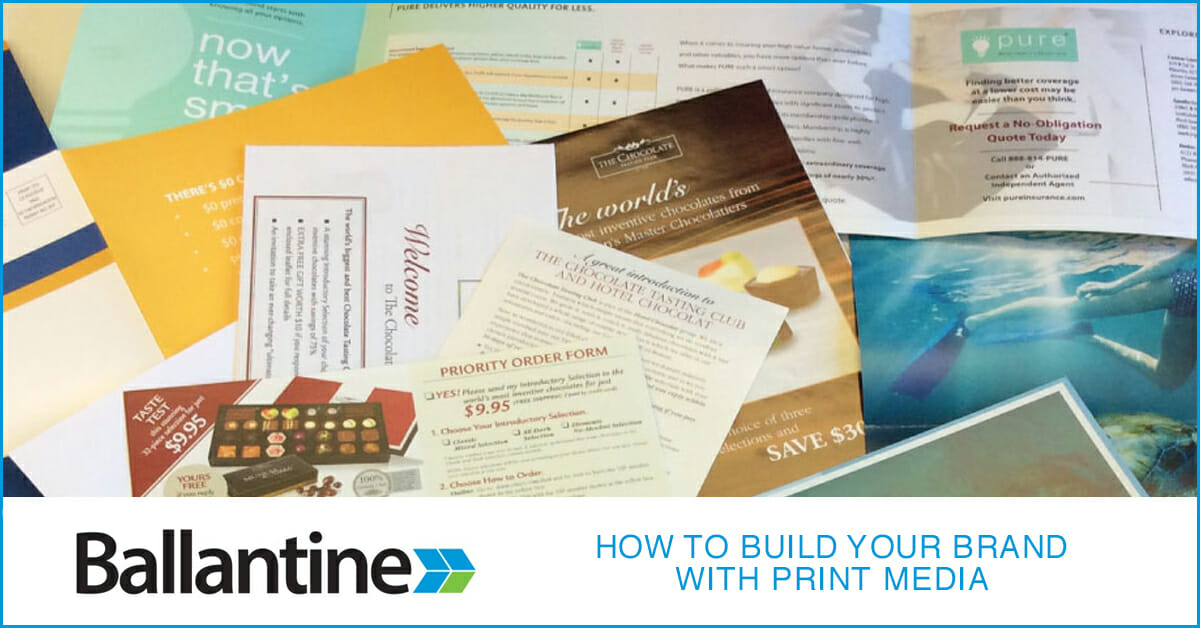To the uninitiated, traffic is traffic. Whether it’s customers coming to your front door or visiting your website, more is always better, right? Wrong. Ad research from decades ago revealed that viewing an ad once is often not enough to create retention of the message or the brand in a customer’s mind, so we segment our advertising opportunities to calculate our “reach” – the total number of people seeing our message — and “frequency” – the number of times the average person sees our ad. In other words, reach is the width of your campaign, and frequency is how deep it goes. Balancing the two in order to achieve the required frequency for recall is crucial to ensuring that you make an impression on your visitors.
Most online marketers, whether in search of better metrics or due to a widespread lack of knowledge about traditional advertising best practices, haven’t ever used reach and frequency to identify which traffic has more value. AdWords and other PPC platforms offer frequency capping – limiting the number of times a person can see your ad before it’s no longer shown to them, but this is hardly the same thing. Instead, a judicious selection of media vehicles, both online and offline, bearing in mind whether they tend to be reach or frequency vehicles, is crucial to building the best kind of traffic.
For example, TV is a reach vehicle. It reaches a wide audience, but due to the cost of television spots, it’s often not the most cost-effective way to drive campaigns that require high frequency. The Super Bowl has long been the penultimate television advertising spots, not because people watch the ads over and over again (they do now – thanks to YouTube), but because it was the most effective vehicle to reach a wide but shallow audience.
Radio, on the other hand, is a frequency vehicle. It has a very niche audience that listens, but they tend to listen every day at the same times. Drive-time radio, or between 6 and 9AM, is one of the premiere radio advertising opportunities because the same customers are listening to your ads every day, quickly ramping up the number of times they hear your message and greatly increasing recall.
For online marketers, PPC is a reach vehicle. It brings a wide variety of new customers to your website; most won’t become customers or ever come back. Email marketing, on the other hand, is a frequency strategy. It pings the same narrow group of customers multiple times with your messaging, increasing recall.
“So,” you might ask me, “if reach strategies won’t increase recall of our message, why should we use them at all?” Simple – because reach brings new customers into your funnel. Oncethey’re in your funnel, you have to do everything you can to increase the frequency with which they see your message. This is why remarketing has taken the online marketing world by storm. It pairs perfectly with a PPC campaign to bring customers into your funnel and then show them again and again why they should buy your product.
“But,” you continue, “won’t it get annoying for customers to see the same ads over and over? And if they haven’t bought by the tenth time they’ve seen our ad, what makes you think they’ll buy the eleventh?” Both truisms, and common sense. In the past, advertisers aimed for a frequency number, or the number of times the average person sees your message, of at least four and less than ten. This was calculated for a different time in history, full of low-clutter environments where customers were glued to the couch while ads ran because they wouldn’t get up and walk over to the set to change the TV channel. In today’s high-clutter, always-on mediums, ten is a good place to start.
Start balancing your media selection today by identifying which advertising opportunities tend to bring new traffic to your storefront or website and which tend to advertise to those who have heard your message before. Split your advertising budget 80/20 between reach and frequency campaigns, and you’ll start seeing improvements in your ROI immediately.
I'm the Director of Digital Services and Partner at Ballantine, a family-owned and operated direct mail & digital marketing company based in New Jersey. and started in 1966 by my great uncle!





